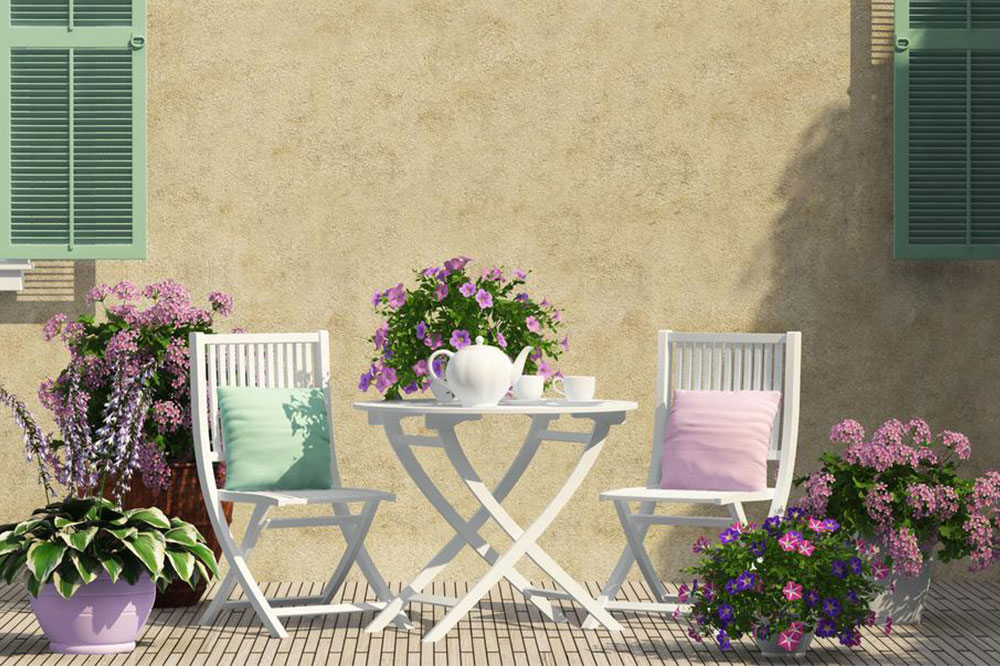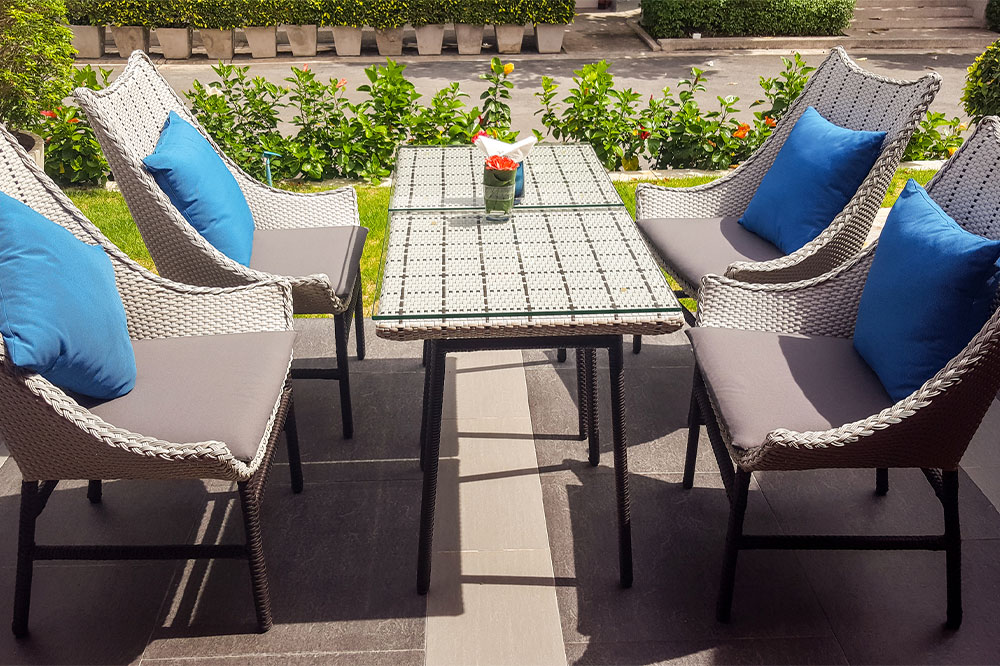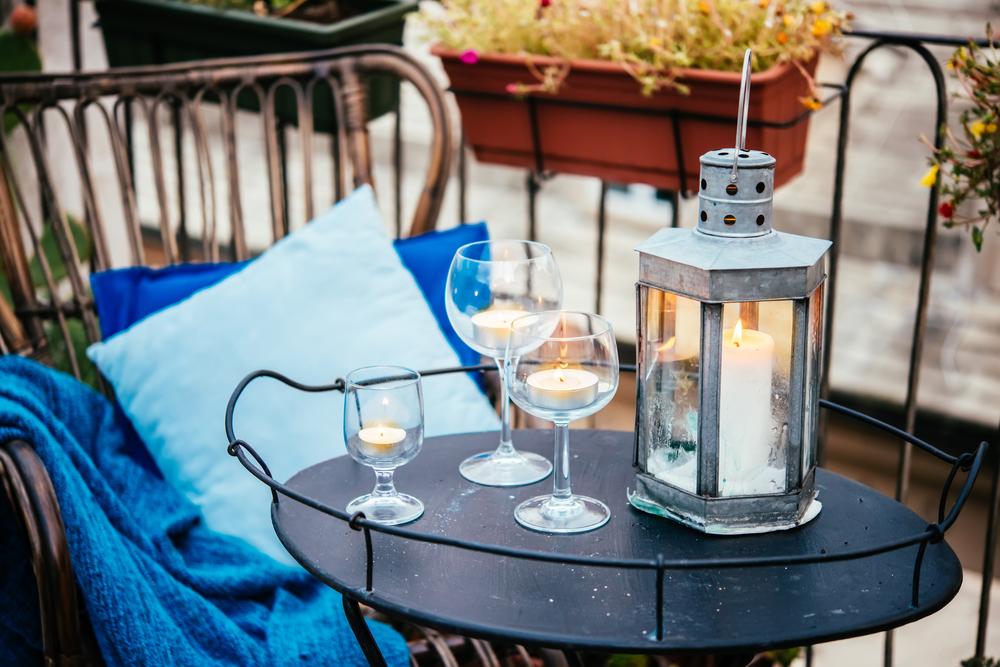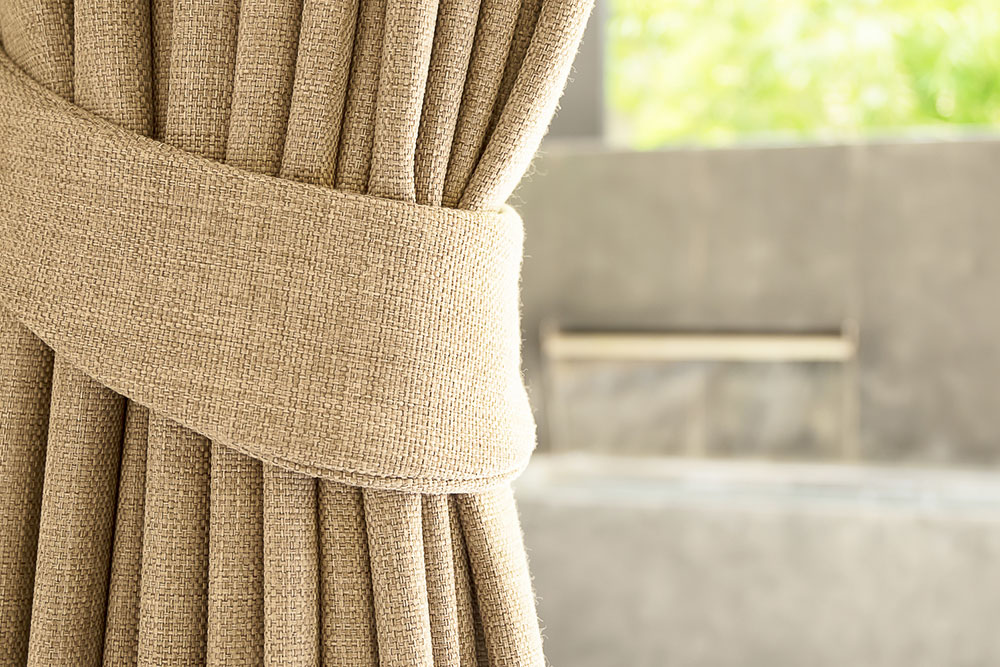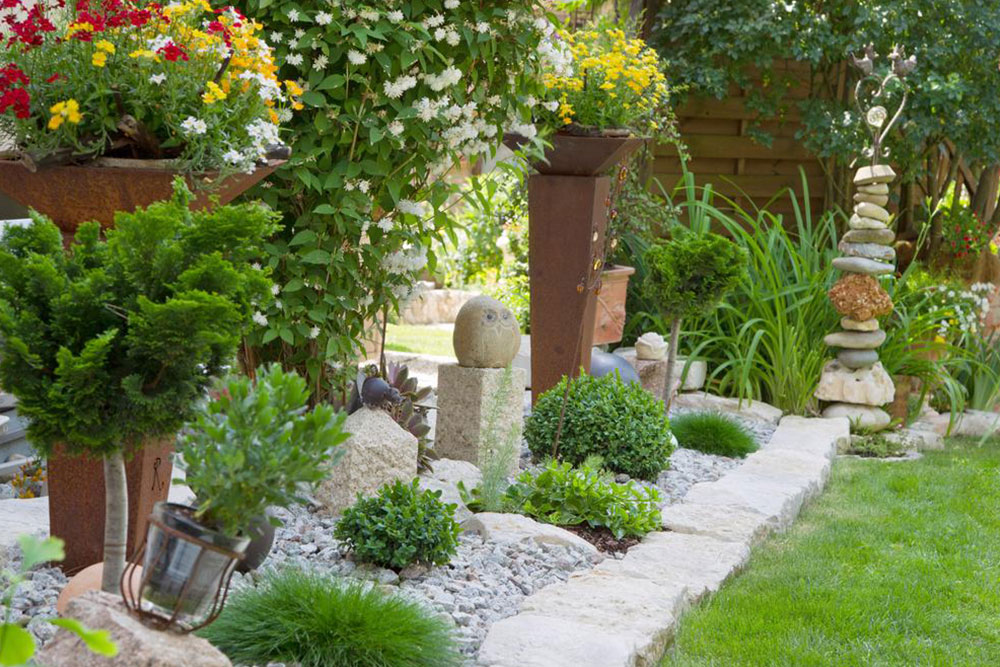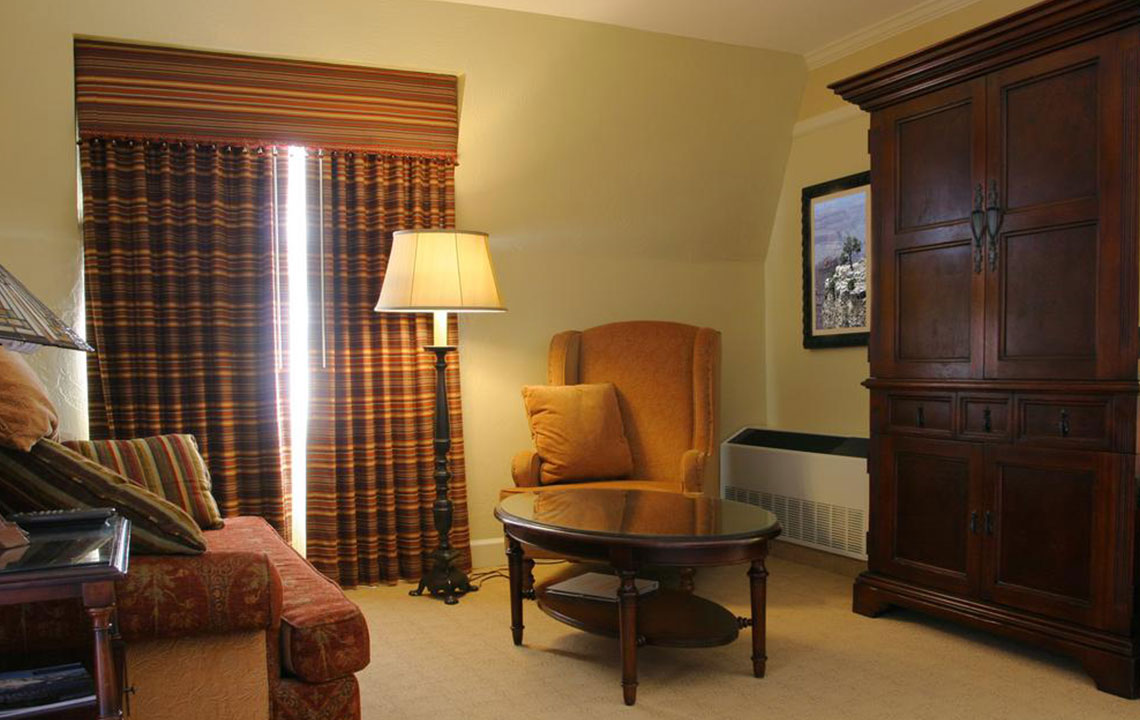Top Materials for Durable Outdoor Furniture
Discover the best materials for outdoor furniture, including wood, metal, plastic, and composites, to create durable, weather-resistant outdoor spaces. Learn about their properties, advantages, and maintenance tips to make informed choices and enhance your outdoor living area.Industry: Outdoor FurnitureKeywords: outdoor furniture materials, weather-resistant furniture, durable outdoor decor, outdoor seating, patio furniture
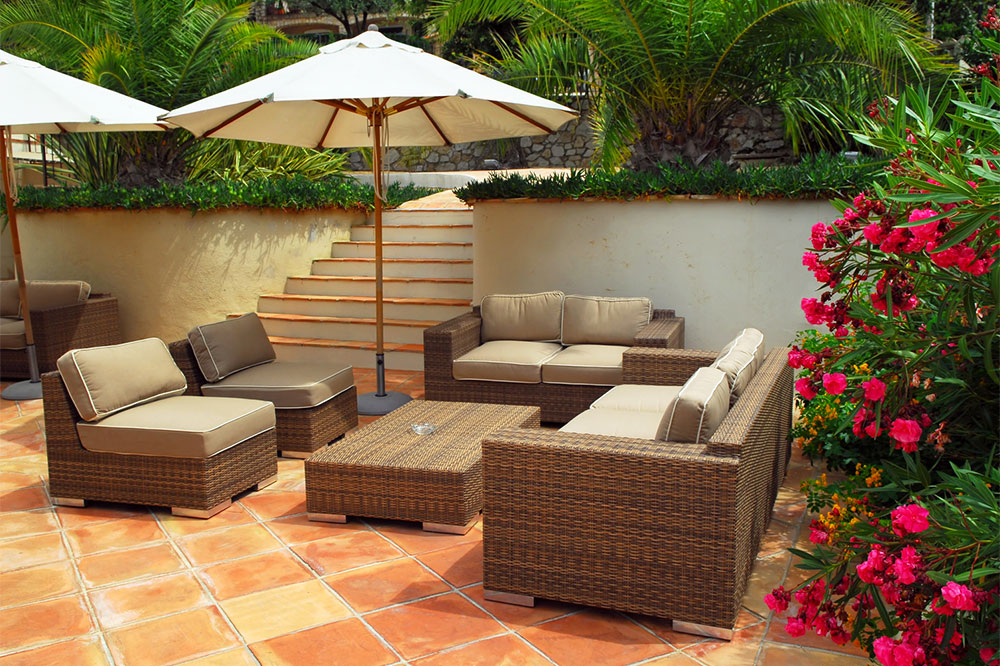
Choosing the Right Materials for Outdoor Furniture
Creating an inviting outdoor space involves selecting furniture that complements your environment while offering durability and ease of maintenance. The proper choice of materials ensures your furniture withstands weather conditions and maintains its appearance over time. Here are some of the best materials to consider for outdoor furniture, each with unique benefits and characteristics.
Wood
Wood has long been favored for its natural beauty and versatility. While many types are suitable, not all are ideal for outdoor use. Common options include:Teak: A premium hardwood, teak is highly resistant to weather and pests, with natural oils protecting it against decay and rot. Though costly, it can last over 50 years, making it a top choice for outdoor settings.
Eucalyptus: This durable Australian hardwood is affordable and rot-resistant. Its natural oils serve as insect repellents, but it requires sealing to prevent cracking.
Shorea: Heavier and stronger than teak, Shorea contains high oil levels that guard against insects and weather damage. It is eco-friendly and budget-friendly, though less common.
Acacia: Known for its resilience, Acacia offers a beautiful grain and water resistance. Regular cleaning is essential, and its cost might be higher but justified by longevity.
Metal
Metal offers strength and flexibility, ideal for outdoor furniture, but it can heat up in direct sunlight. Key options include:
Aluminum: Lightweight, rust-resistant, and easy to shape, aluminum is low-maintenance and affordable. However, it can retain heat and be less wind-resistant due to hollow structures.
Stainless Steel: Known for strength and rust resistance, stainless steel is suitable for durable tables and chairs. It is easy to clean but may get hot and cost more.
Wrought Iron: Heavy and sturdy, wrought iron is suitable for windy areas. It requires maintenance to prevent rust and can be cumbersome to move.
Plastic and Resins
Manufactured from synthetic materials, these are popular due to their moldability and affordability. Main types include:
Synthetic Polyethylene Resin: Extremely weather-resistant and easy to clean, but lightweight and less stable in strong winds.
Recycled Plastic: An eco-friendly option that is durable, fade-resistant, and requires minimal maintenance, though it may be less stable in windy conditions.
Polyethylene (PE): Widely used for patio furniture, available in high-density versions suitable for outdoor use.
Other outdoor furniture materials include concrete, high-pressure laminate, tempered glass, and fabrics such as acrylic, olefin, and polyester for cushions and upholstery. Core foam is also employed in furniture padding.
Choosing the right material depends on climate, maintenance preferences, and design style. Combining different textures can create a modern and personalized look for your outdoor space.
Note:
The information provided here aims to guide you in selecting suitable materials for outdoor furniture. Please consider specific environmental factors and maintenance needs. The content is for informational purposes and may not cover all available options or current discounts.

